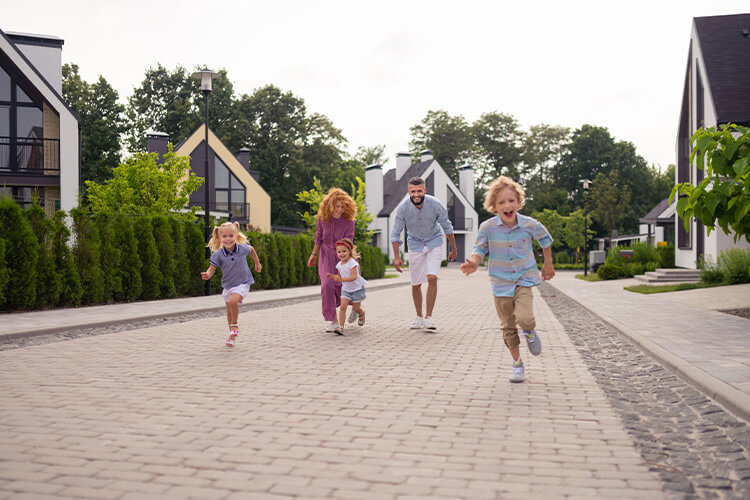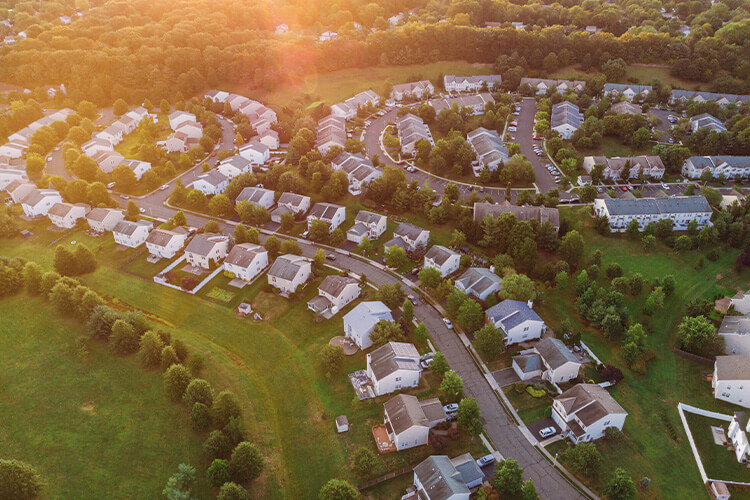How to Achieve Community-integrated Health?
By homz | April 2, 2023
Housing has been a longstanding topic of discussion, debates, and political promises. For years, the housing crisis has made the headlines, but little effort has been taken to address the problem. Unsurprisingly, housing prices in the US have skyrocketed in recent years. As per the National Association of Realtors (NRA)’s data released in May 2019, the median existing-home sales prices reached an all-time high of $391,200, up 14.8% from the previous year.
And to add to that, existing houses are not living up to our expectations. While some housing communities have lower prices, the overall cost of living in those areas is burdening. Although a fundamental aspect of human life, health has been overlooked in such communities. However, there is hope as the world gradually shifts towards community-integrated health services. This shift is driven by the realization that good health is not just about healthcare but is also influenced by social determinants such as housing, transportation, education, and others.
In this blog, we’ll discuss how we can achieve community-integrated health.
-
Integrated Communities
Building integrated communities is one of the best ways to achieve the community-integrated health objective. Integrated communities offer a clever solution to the housing crisis in the US by incorporating all necessary amenities and facilities for families. These communities prioritize connectivity, convenience, and accessibility to keep the cost of living within one’s means.
An important benefit of integrated housing is its ability to provide an affordable cost of living. As previously noted, residents of these communities have convenient access to essential amenities without any hassle.
-
Multifamily Housing
Multifamily housing is an excellent example of integrated communities. Multifamily housing is a model that accommodates multiple households in a single building or several buildings in proximity. This housing model is becoming increasingly popular, especially in urban areas, due to the limited availability of land. Multifamily housing units offer several benefits, including lower housing costs, energy efficiency, and easy access to essential services.
One of the critical benefits of multifamily housing is that it allows for the integration of health services into the community. In multifamily housing units, health services can be provided on-site or through partnerships with nearby health facilities. This makes it easier for residents to access health services, particularly preventive care, which is essential for maintaining good health. For example, on-site health clinics can provide routine checkups, vaccinations, and health education. This not only improves the health of the residents but also reduces healthcare costs.
-
Health promotion and disease prevention
Building communities that are centered around healthcare is what we need today. There are countless ways to incorporate this aspect. From sparing open spaces to walkways and jogging paths, we can make health an intrinsic part of the communities. Besides, we also need to take care of essential hygiene measures considering the impact of the recent health crisis.
-
Partnering with healthcare organizations
Another smarter way to make communities healthy is to partner with healthcare organizations, private or public. Furthermore, collaboration with the city council can go a long way in creating public health guidelines. On the contrary, partnering with private organizations will offer you high-quality healthcare services in the most efficient way.
Final Thoughts
In conclusion, achieving community-integrated health is critical in improving the health of communities. Integrated communities, particularly multifamily housing, play a vital role in achieving this goal. Multifamily housing allows for the integration of health services into the community, the implementation of integrated community care, and the development of a sense of community, all essential in achieving community-integrated health.
HOMZ is building wellness-centric integrated housing communities across the suburbs in the United States. These are built-to-rent multifamily housing communities providing an attainable and desirable housing environment for people of different age groups. These are consciously designed communities with health, accessibility, and sustainability in focus. HOMZ is also partnering with public bodies to address the enduring housing crisis problem with wellness-centric, integrated communities.


 info@homzglobal.com
info@homzglobal.com











































